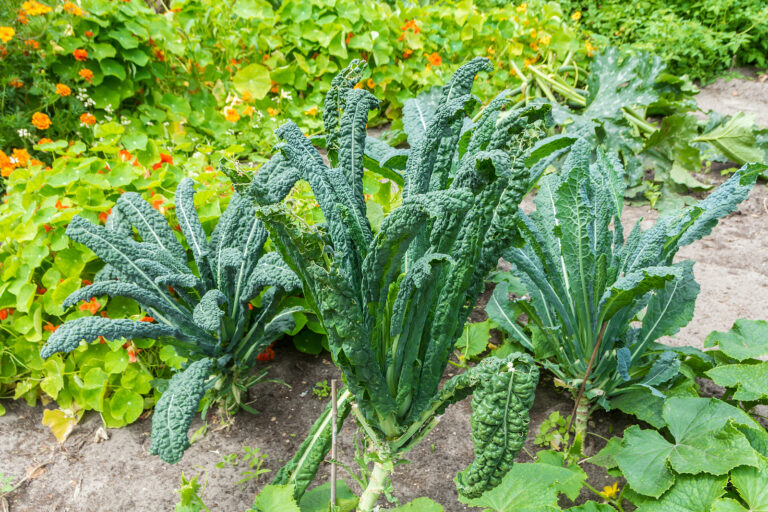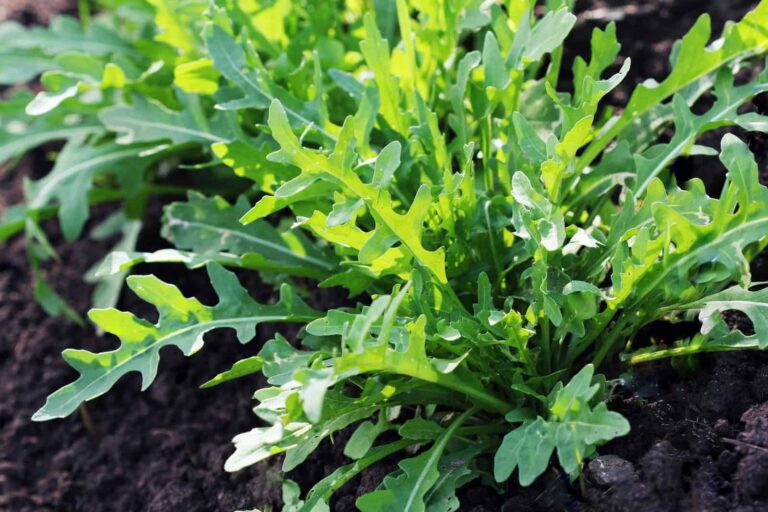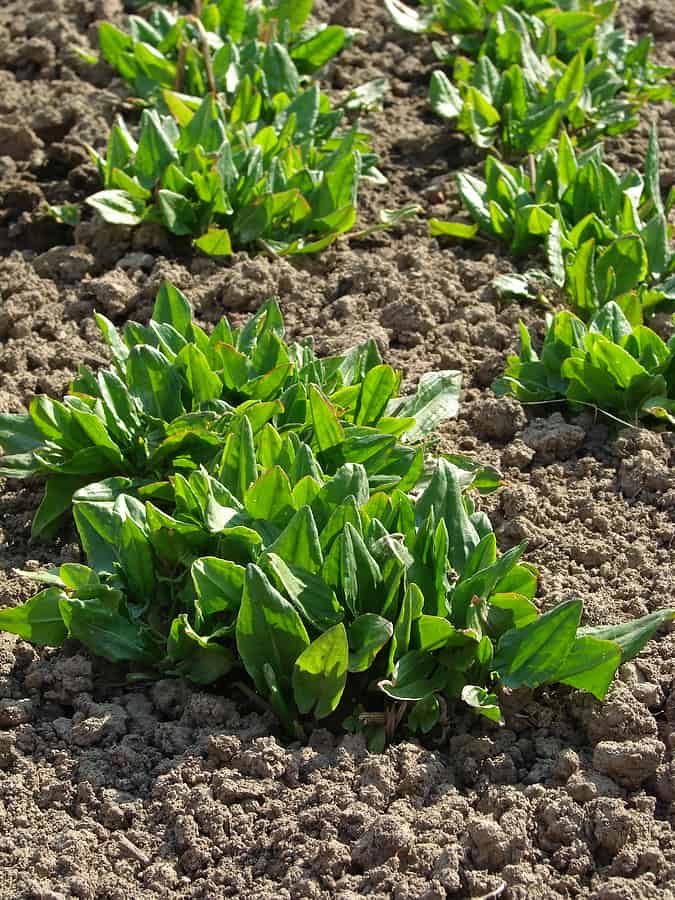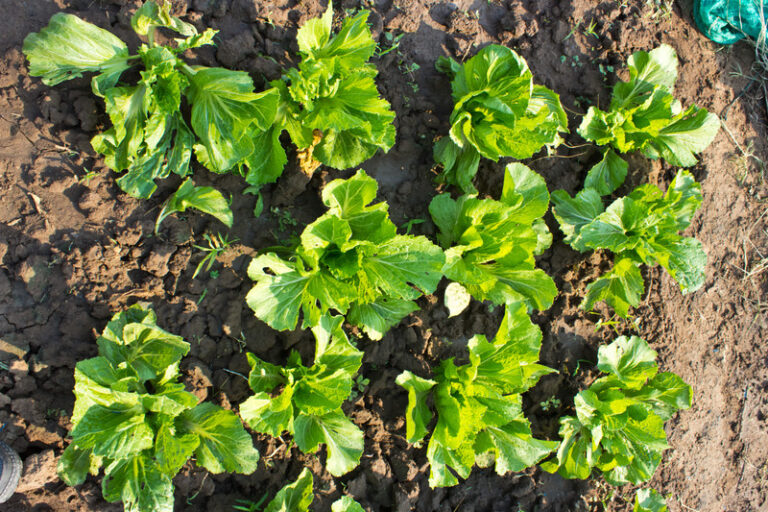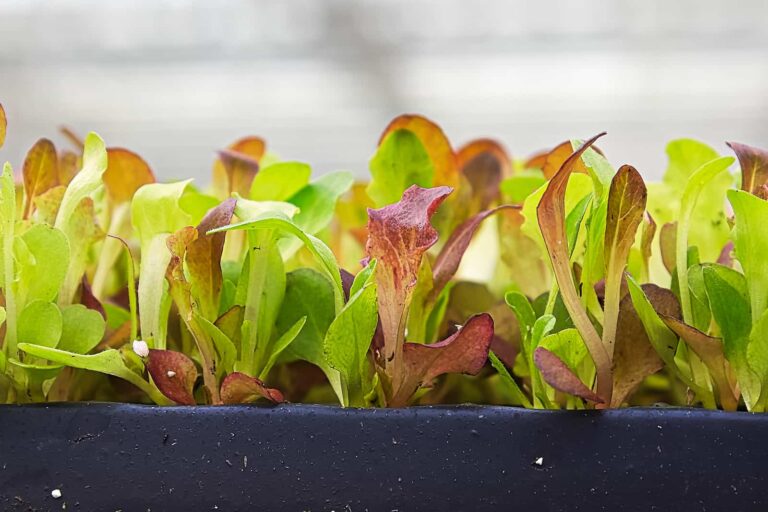Types of Lettuce: A Gardener’s Guide to 5 Main Types
Lettuce is more than just salad filler—it’s one of the most diverse and rewarding leafy greens you can grow at home. Over 30 years of vegetable gardening has taught me that understanding the types of lettuce makes planting, caring for, and harvesting easier and more productive. This guide breaks down the five main types of lettuce and offers practical tips for choosing and growing each in your garden.
1. Crisphead Lettuce (Iceberg)
Crisp and tightly packed heads.
This type includes the classic iceberg lettuce you often find in grocery stores. Crisphead lettuce forms firm, round heads with crunchy texture and mild flavor. It requires a longer growing season and prefers cooler temperatures to form properly.
My Insight: In my California garden, I’ve had the best success starting crisphead lettuce indoors in late winter and transplanting it outdoors just as the soil warms.
Top varieties: Great Lakes, Ithaca, Legacy
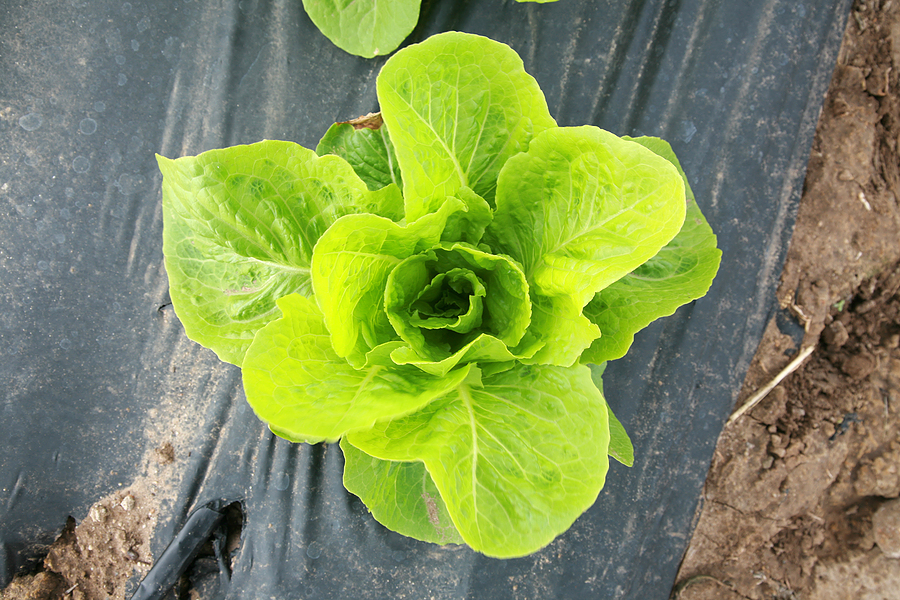
2. Romaine Lettuce (Cos)
Tall, upright heads with sweet crunch.
Romaine is a staple in Caesar salads and has a deeper flavor and better heat resistance than crisphead. It grows upright, with elongated leaves and dense centers.
My Insight: Romaine’s vertical growth habit makes it ideal for narrow beds. I often tuck romaine along the edges of a lettuce box.
Top varieties: Paris Island Cos, Little Gem, Green Towers
3. Butterhead Lettuce
Soft, tender leaves with a buttery texture.
Butterhead includes both Boston and Bibb types. These lettuces form loose, soft heads with delicate flavor. They’re fast-growing and excellent for early spring or fall planting.
My Insight: I prefer butterheads for container growing—they’re compact and thrive with regular moisture and light feeding.
Top varieties: Buttercrunch, Tom Thumb, Bibb
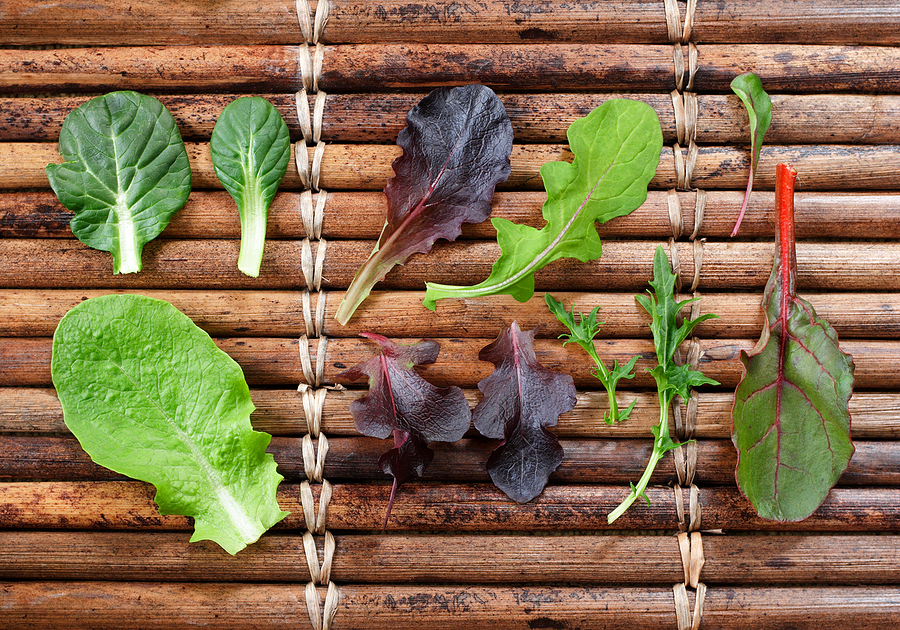
4. Looseleaf Lettuce
No head, just leaves—easy and quick to grow.
Looseleaf types are among the easiest lettuces to grow. You can harvest individual leaves or cut the whole plant. They mature quickly and are ideal for successive plantings.
My Insight: For beginner gardeners or anyone growing in a small space, looseleaf is the most forgiving. I sow these every two weeks for a constant harvest.
Top varieties: Red Sails, Salad Bowl, Black Seeded Simpson
5. Stem Lettuce (Celtuce)
Grown for its edible stalk rather than leaves.
A lesser-known type, stem lettuce is popular in Asian cuisine. The thick, crisp stem is harvested and peeled like a vegetable, while the leaves can also be eaten when young.
My Insight: I first grew celtuce after seeing it at a local farmer’s market. It thrives in early spring and prefers similar conditions to romaine.
Top varieties: Asparagus Lettuce, Qingsun
Final Tips for Lettuce Growers
- Mix types to extend your harvest and enjoy a variety of textures and flavors.
- Pay attention to days to maturity—looseleaf can be ready in 30 days, while crisphead might take 70+.
- Consider your climate—looseleaf and butterhead types tend to handle warmer weather better than crisphead.
Whether you’re planting in beds, containers, or raised boxes, choosing the right type of lettuce for your growing conditions makes a big difference. Rotate varieties, sow in succession, and enjoy a steady supply of fresh greens.
Lettuce Growing Hub
Cluster Posts
🌱 Getting Started: Planting & Varieties
- Types of Lettuce: A Gardener’s Guide to 5 Main Types
- Lettuce Planting Calendar by Season and Region
- Lettuce Seed Starting Tips
- How to Start, Lettuce Indoors: Supplies, Timing, Tips
- How to Plant Lettuce Outdoors: Direct Sowing Tips
- Where to Grow Lettuce: Beds, Containers, Indoors & More
- Growing Lettuce in Containers
- Best Companion Plants for Lettuce: And What to Avoid
🥬 Seasonal Growing Guides
- How to Grow a Fall Lettuce Crop for Cool-Weather Harvests
- Heat-Tolerant and Bolt-Resistant Lettuce Varieties for Summer
- Best Lettuce Varieties for Winter and Cool Weather Growing
- Lettuce Care from Seed to Harvest: A Month-by-Month Guide
💧 Lettuce Care & Maintenance
- Watering Lettuce: How Much and How Often
- Feeding Lettuce: When and How to Fertilize
- Thinning and Spacing Lettuce for Optimal Growth
- Preventing Lettuce Bolting: How to Keep Lettuce From Going to Seed
🌿 Harvest & Beyond
⚠️ Troubleshooting & Special Topics


